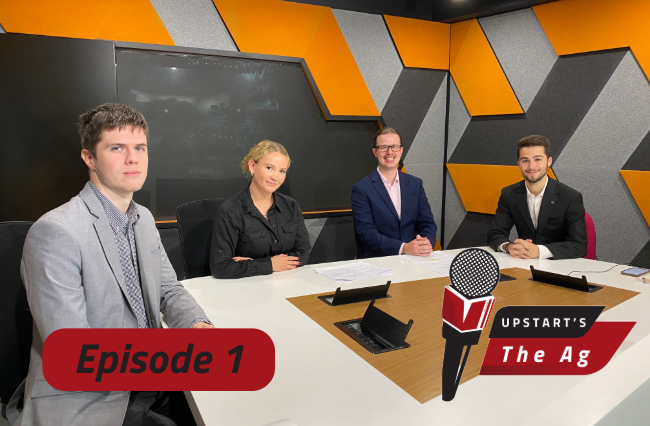‘Using the ‘Steal-O-Meter’ to gauge if stories steal or promote’ by Mark Glaser
When does quoting someone else’s story become stealing? How much work do you have to do yourself before it comes your own story, instead of someone else’s with a few comments added on?
Those are the two main questions Mark Glaser tries to answer in this blog post, employing a highly technical “Steal-O-Meter” to try and illustrate his point. Evidence of all the “levels” of stealing he covers can be found around the Internet, especially on blogs that essentially use other people’s stories for their own benefit.
This article is important because it provides a framework on which to base ideas of plagiarism in the new media. In newspapers or television, even if you quote someone else’s work and credit them entirely, they receive very little benefit otherwise. In new media, though, the use of links makes it more likely that readers will investigate the original source – if there’s anything left to investigate.
That’s where the Steal-O-Meter comes in: it’s an attempt, as Glaser puts it, to ‘create a graphical way to denote where a practice falls between “stealing” and “promoting”‘ … for all the excerpting and linking that goes on between blogs and news organizations — and between news organizations as well.’
Jarrod Strauch is a journalist studying at La Trobe University. You can read more of his work on his Blanc Garçon blog.
Want to contribute to our list of the 100 articles every journalist should read about journalism? Full details here.




